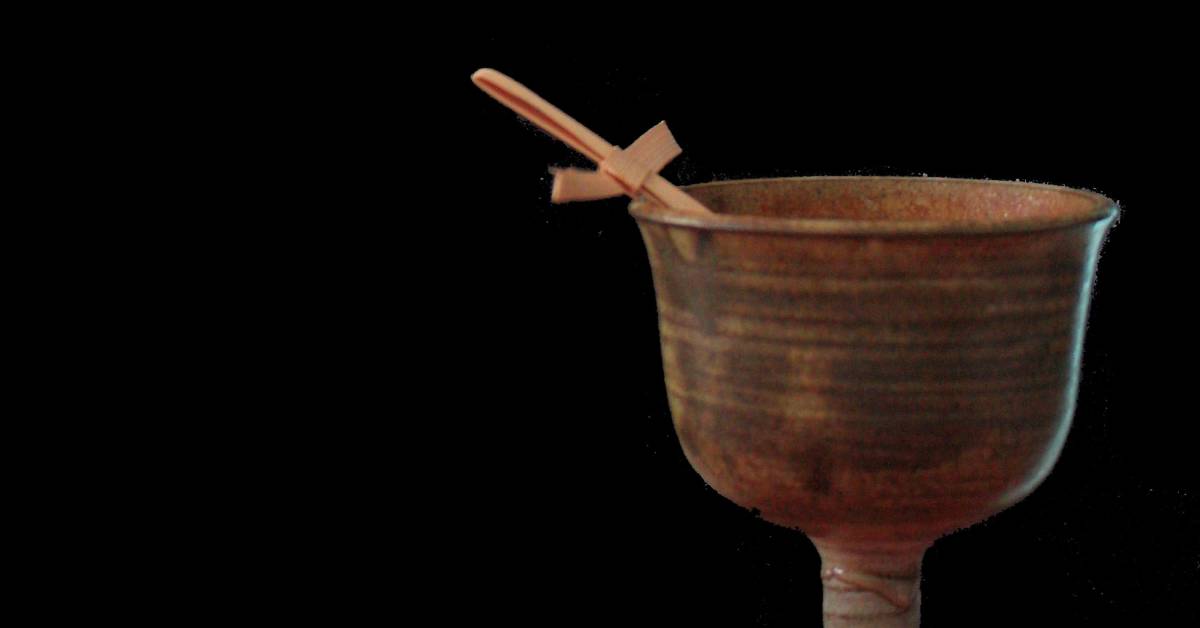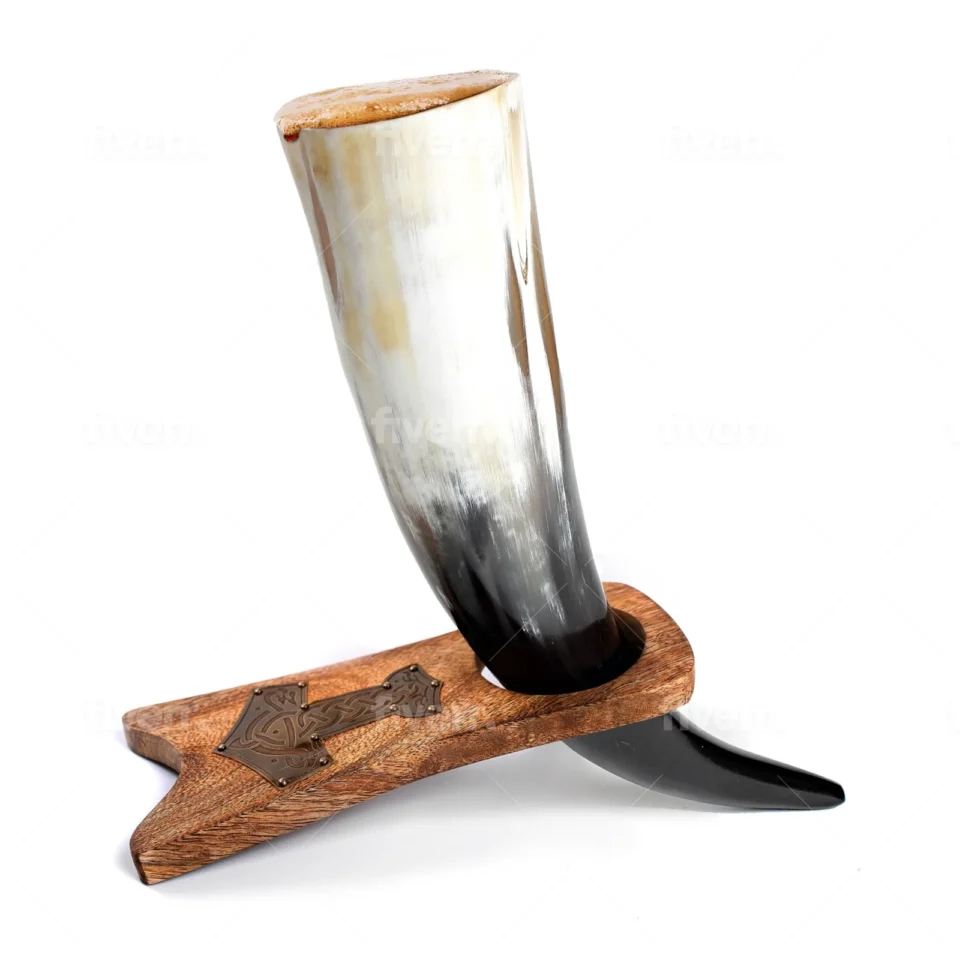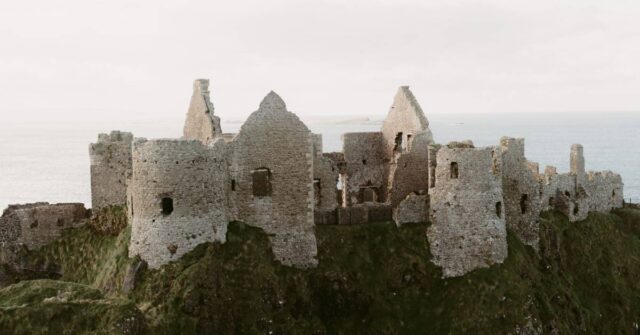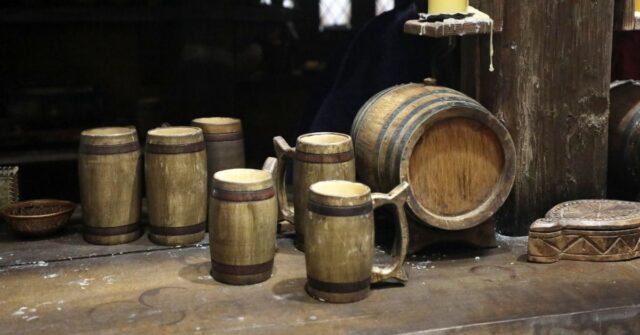In the annals of historical legend and lore, few artifacts capture the imagination as strongly as the Holy Grail. Usually depicted as a cup, dish, or stone with miraculous powers, its depiction and interpretation have varied greatly.
One hypothesis posits that the Holy Grail was, in fact, a drinking horn. This article explores this intriguing premise, linking it to the rich tapestry of mythology and history surrounding this legendary relic.
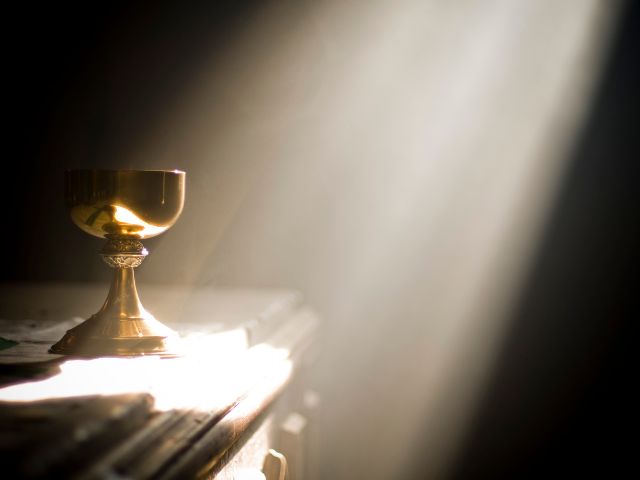
Introduction
From the ancient stories of King Arthur to the big-screen exploits of Indiana Jones, the Holy Grail has long been a symbol of ultimate achievement.
It represents the epitome of spiritual enlightenment and the metaphysical quest for wholeness.
This journey to uncover the nature and significance of the Holy Grail, however, takes us down less explored paths, considering the possibility that this cherished relic was a drinking horn.
The Origin and Mythology of the Holy Grail
The concept of the Holy Grail is deeply entrenched in Christian and Celtic mythology, with the interpretation varying between them.
From a Christian perspective, it’s the Last Supper chalice, while Celtic mythology sees it as a cauldron of rebirth.
The Christian Interpretation
The Christian interpretation of the Holy Grail originates from the Last Supper where Jesus Christ used a chalice to serve wine, symbolizing his blood, to his disciples.
This chalice, also believed to have been used by Joseph of Arimathea to catch the blood of Christ during his crucifixion, is considered by many as the Holy Grail.
Grail Literature and the Arthurian Legends
Arthurian legends, specifically those penned in the Middle Ages, have played a critical role in popularizing the Holy Grail.
In these tales, the Grail is a mysterious object of a divine quest, sought by the Knights of the Round Table, with Sir Galahad often portrayed as the successful Grail knight.
Celtic Mythology and the Cauldron of Rebirth
In Celtic mythology, there is a recurrent theme of a magical cauldron, closely resembling the concept of the Holy Grail.
The cauldron of rebirth, for instance, has the power to resurrect the dead, reflecting the life-giving and miraculous powers associated with the Holy Grail.
The Holy Grail as a Drinking Horn: An Alternative Theory
The theory suggesting the Holy Grail was a drinking horn takes us into the realm of Norse mythology. Let’s delve into this fascinating interpretation and its potential implications.

Evidence from Norse Mythology
In Norse mythology, there are references to magical drinking horns. These horns, like the Grail, were said to possess powers, including eternal youth for the drinker.
This theory suggests that the concept of the Holy Grail may have its roots in these ancient Nordic traditions.
The Symbolism of the Drinking Horn
A drinking horn, used in many cultures, often symbolizes abundance, hospitality, and brotherhood.
In the context of the Holy Grail, it could represent spiritual and physical nourishment, drawing parallels with the Grail’s miraculous, life-giving properties.
The Holy Grail in Art and Literature
From the intricate tapestries of the Middle Ages to modern cinema, the Holy Grail has been a recurring theme in art and literature, embodying an array of symbolic interpretations and imagery.
Medieval Art and Manuscripts
Medieval artists often depicted the Holy Grail as a chalice or dish in their works, reflecting its connection with Christian religious rites.
Illuminated manuscripts, frescoes, and stained glass windows often feature scenes from the Arthurian grail quests, highlighting its cultural significance.
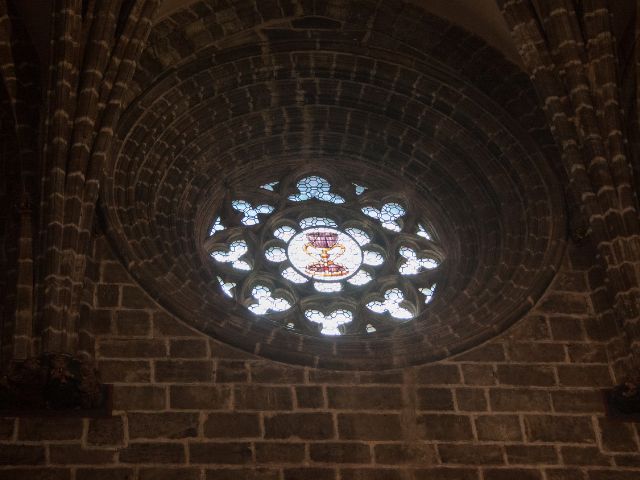
Chivalric Romances and Arthurian Legends
The Holy Grail has a prominent role in Arthurian legends and chivalric romances. In these stories, the Grail serves as a symbol of divine favor and ultimate achievement.
It’s the object of a noble quest, representing the spiritual and moral refinement that the knights undergo on their journey.
Modern Interpretations in Film and Fiction
Modern interpretations of the Holy Grail continue to captivate audiences, often with a contemporary twist.
From Dan Brown’s controversial novel “The Da Vinci Code” to the epic adventures in “Indiana Jones and the Last Crusade,” the Holy Grail retains its allure, mystery, and symbolic power.
Sacred Relics and the Search for the Holy Grail
The Holy Grail has inspired numerous quests and expeditions throughout history, with various groups and individuals claiming to have found the sacred relic.
Famous Expeditions and Theories
The Holy Grail has sparked several searches throughout history, often led by notable historical figures. These quests have spanned continents, driven by faith, curiosity, and the allure of the unknown.
Some believe the Grail resides in mystical locations, while others argue it’s a spiritual metaphor, not a physical object.

The Holy Grail and the Knights Templar
The Knights Templar, a medieval Christian military order, has long been associated with the Holy Grail.
Some theories suggest that they found and hid the Grail, contributing to the mystery and lore surrounding this enigmatic artifact.
Drinking Horns in History and Culture
Drinking horns have played significant roles in various cultures, especially in Norse society. These vessels, often ornately decorated, served both practical and symbolic purposes.
The Significance of Drinking Horns in Norse Culture
In Norse culture, the drinking horn held great importance, used in ceremonies and for making sacred vows. It was a sign of status, and the rituals associated with it were integral to social and religious life.
The horn’s use in ritual feasting and drinking ties in closely with the Grail as a provider of sustenance and life.
Drinking Horns in Medieval Europe
In Medieval Europe, drinking horns were a common sight, particularly in the north. They were often used in ceremonial contexts, serving as a symbol of power, abundance, and divine favor.
These attributes resonate strongly with the symbolism of the Holy Grail.
Scientific Examination of the Holy Grail Claims
Modern science has brought a new dimension to the Grail quest, with scientific tools and techniques employed to examine and validate various Holy Grail claims.

Examining the Material and Craftsmanship
Several supposed Grails have been subjected to scientific scrutiny to determine their origin, age, and authenticity.
The examination often focuses on material composition and craftsmanship, which can provide clues about the artifact’s age and cultural origin.
DNA Analysis and Radiocarbon Dating
DNA analysis and radiocarbon dating have also been used to verify the authenticity of certain claimed Grails.
While these techniques can’t definitively prove whether an object is the Holy Grail, they can help rule out forgeries and provide context regarding the artifact’s history.
Conclusion
The theory of the Holy Grail as a drinking horn presents a fresh lens to view this legendary relic.
It connects it with a broader cultural and historical context, bringing to light the myriad ways human societies have striven to understand and depict the divine.
While it’s unlikely we’ll ever fully unravel the mystery of the Holy Grail, the journey of exploration it incites continues to enrich our understanding of our shared cultural heritage and the human condition.

